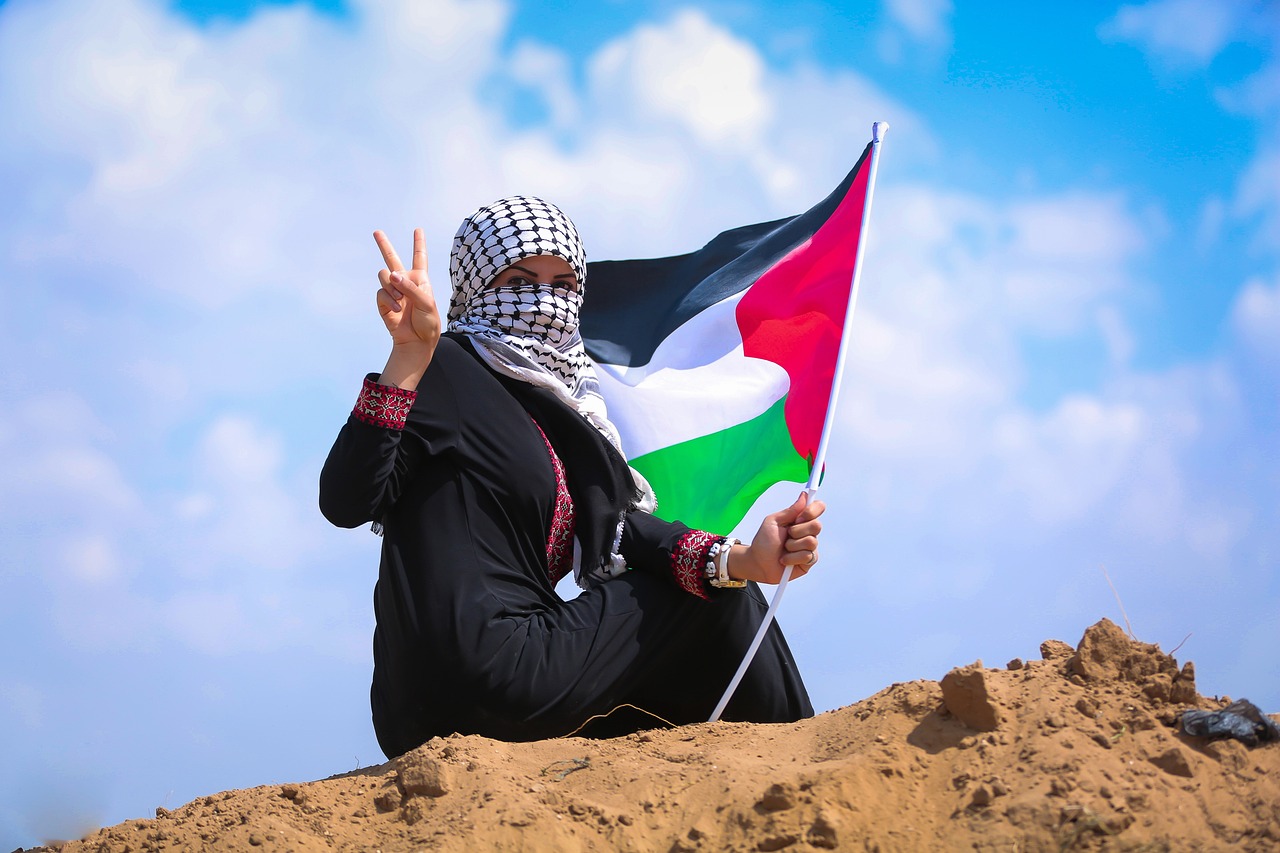Escalation of Violence in the Gaza Strip
In the past few hours, the situation in the Gaza Strip has further deteriorated, with the local civil defense, run by Hamas, reporting the death of 14 people due to Israeli air strikes. These strikes hit a school area and a camp for displaced people, fueling an already dramatic humanitarian crisis. In the context of these military operations, the Israeli army said it had hit more than 50 terrorist targets in Lebanon and Gaza in the past 24 hours.
Military Activity and Reactions in Lebanon
Today, Israeli forces monitored rocket fire from Lebanon, with five projectiles detected in their airspace. Warning sirens sounded in several areas of Upper Galilee and HaMifratz. The Israeli military reported that some rockets were intercepted, while others fell in uninhabited areas.
Sources close to the Hezbollah group have revealed that Israel has asked UNIFIL forces to limit their movements in southern Lebanon, suggesting a possible expansion of Israeli military operations beyond the borders of the Gaza Strip.
In a further development, Qatar announced its withdrawal from mediating a ceasefire in the area. According to diplomatic sources, the Qatari government has determined that the Hamas political office “no longer serves any purpose.” This decision appears to stem from US pressure and the lack of progress in negotiations between the parties involved.
A Hamas official in Doha denied claims that the office would be closed, saying there had been no formal request to do so. However, the lack of meaningful negotiations could further undermine efforts toward a peaceful resolution.
Future Prospects
The growing violence in the region highlights a complex and multi-layered crisis. The lack of dialogue between the parties involved makes it difficult to envisage a lasting solution. In this tense context, it is crucial to monitor future developments and international reactions to understand whether there will be new diplomatic efforts or whether the spiral of conflict will continue to escalate.


